- What's new
- Save time with Backlog’s new replicate feature
Save time with Backlog’s new replicate feature

Starting a new project just got faster and easier in Backlog with our new Project Settings Export/Import feature. Whether you want to replicate your ideal workflow across departments or eliminate the hassle of setting everything up from scratch, this update is designed to help teams launch new projects with minimal setup.
Reuse your best project setups
Have you ever found yourself manually reconfiguring the same project settings over and over again? Now, you can export your project settings to a file and import them into another project in just a few clicks—no need to rebuild from zero. Here’s what’s included in the feature:
- General Settings: Text formatting (Markdown/Backlog), use of parent/child issues, Git, Wiki, and more
- Issue Types: Names, colors, and templates for issue types like “Task” or “Bug”
- Statuses: Custom and default issue statuses (e.g., “Open,” “In Progress”)
- Categories: Any categories defined in the project
- Milestones: Milestone names and versions
How to use it
To export project settings
Go to the project you want to copy and open “Project Settings.”
Click Export Project Settings to download the file.
To import project settings:
Click Add Project on your dashboard.
In the project creation window, select Import project settings.
Upload your settings file and fill in your new project name and key.
Click Add to finish!
Ready to try it out?
Check out the support article for more detailed setup information. This feature is available for all Backlog users. Got questions? We’re here to help! Reach out to our support team anytime.
Explore more features
Get the most out of your experience. See other powerful features to help you visualize, collaborate, and get work done
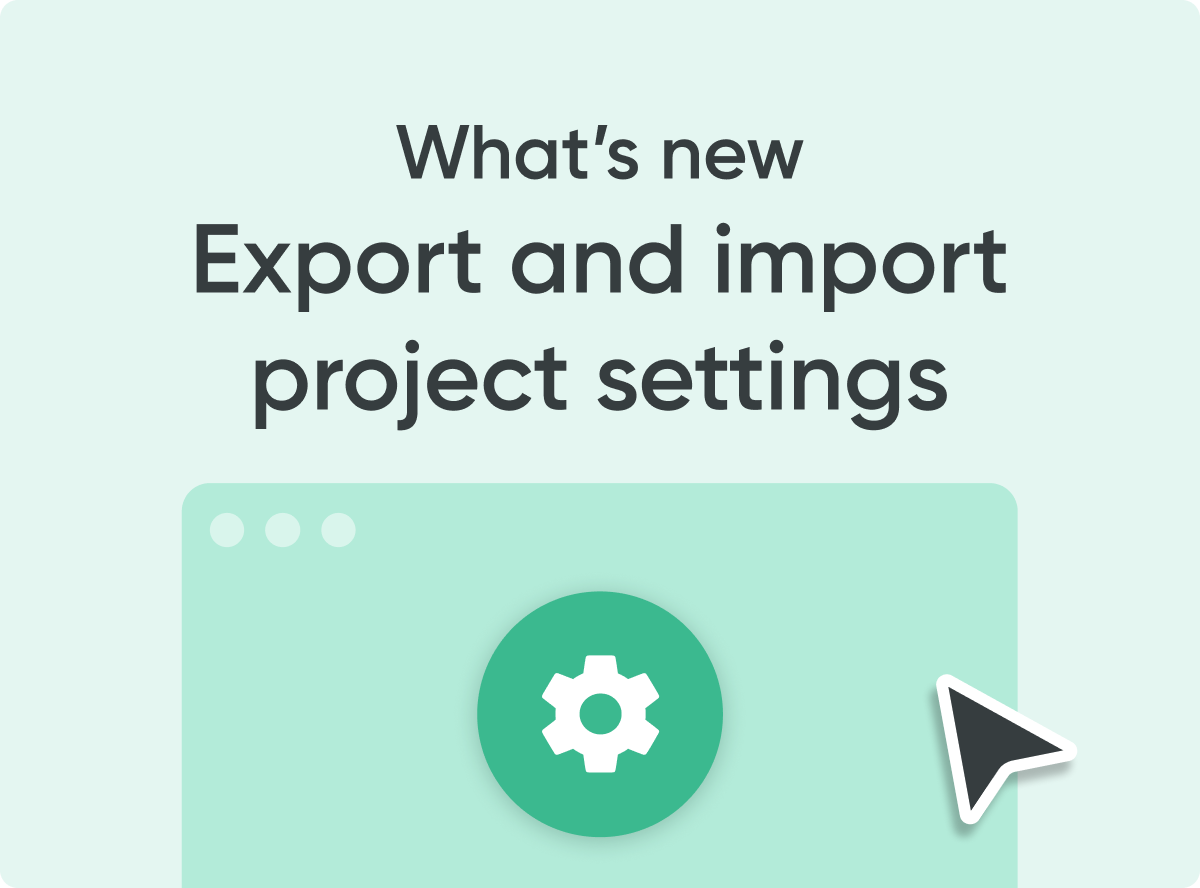
Save time with Backlog’s new replicate feature
Starting a new project just got faster and easier in Backlog with our new Project Settings Export/Import feature. Whether you want to replicate your ideal workflow across departments or eliminate the hassle of setting everything up from scratch, this update is designed to help teams launch new projects with minimal setup.
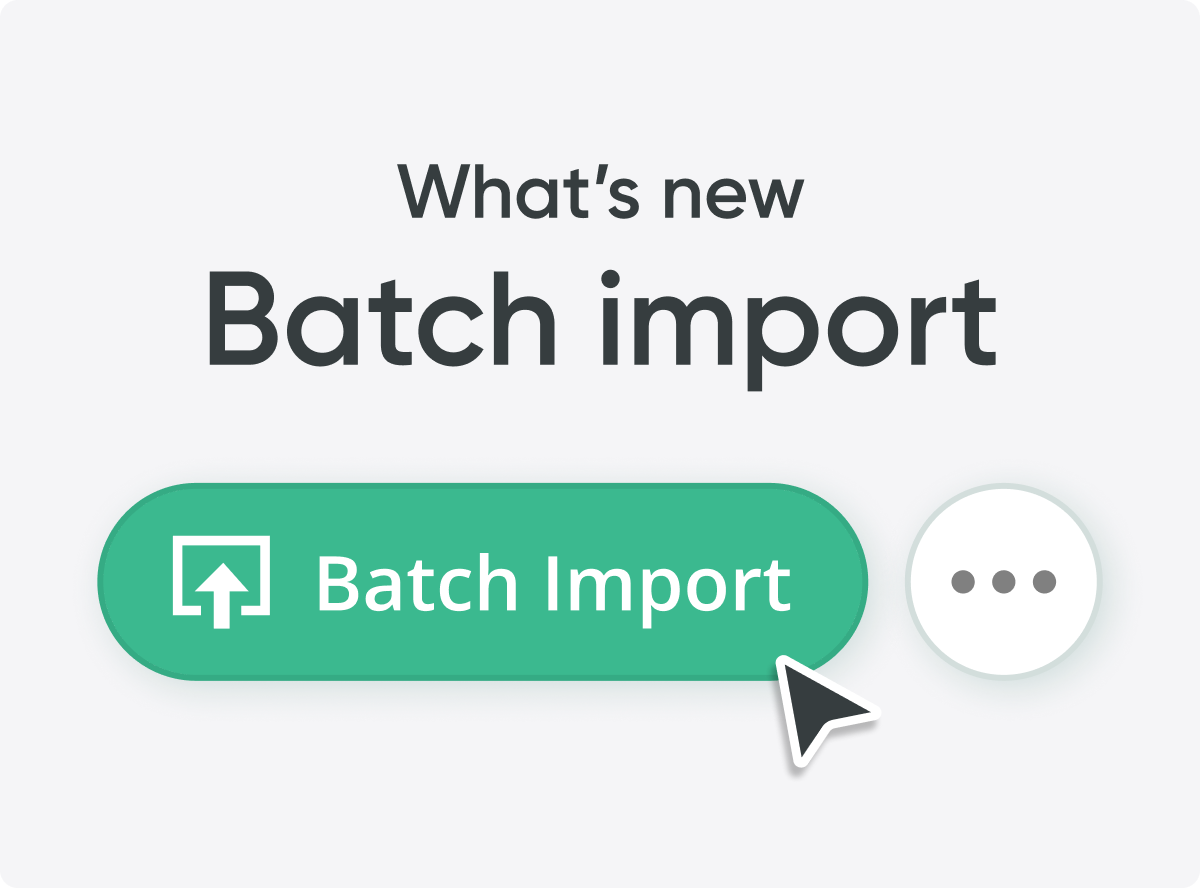
Save time with Backlog’s new batch import feature
Manually adding issues one by one is no one’s idea of a good time, especially when you’re kicking off a big project or migrating data. That’s why we’re excited to announce Backlog’s new batch import feature. Now, you can register up to 250 issues at once just by uploading a simple CSV file. No repetitive clicking or duplicate data entry. Just one upload, and you're done.
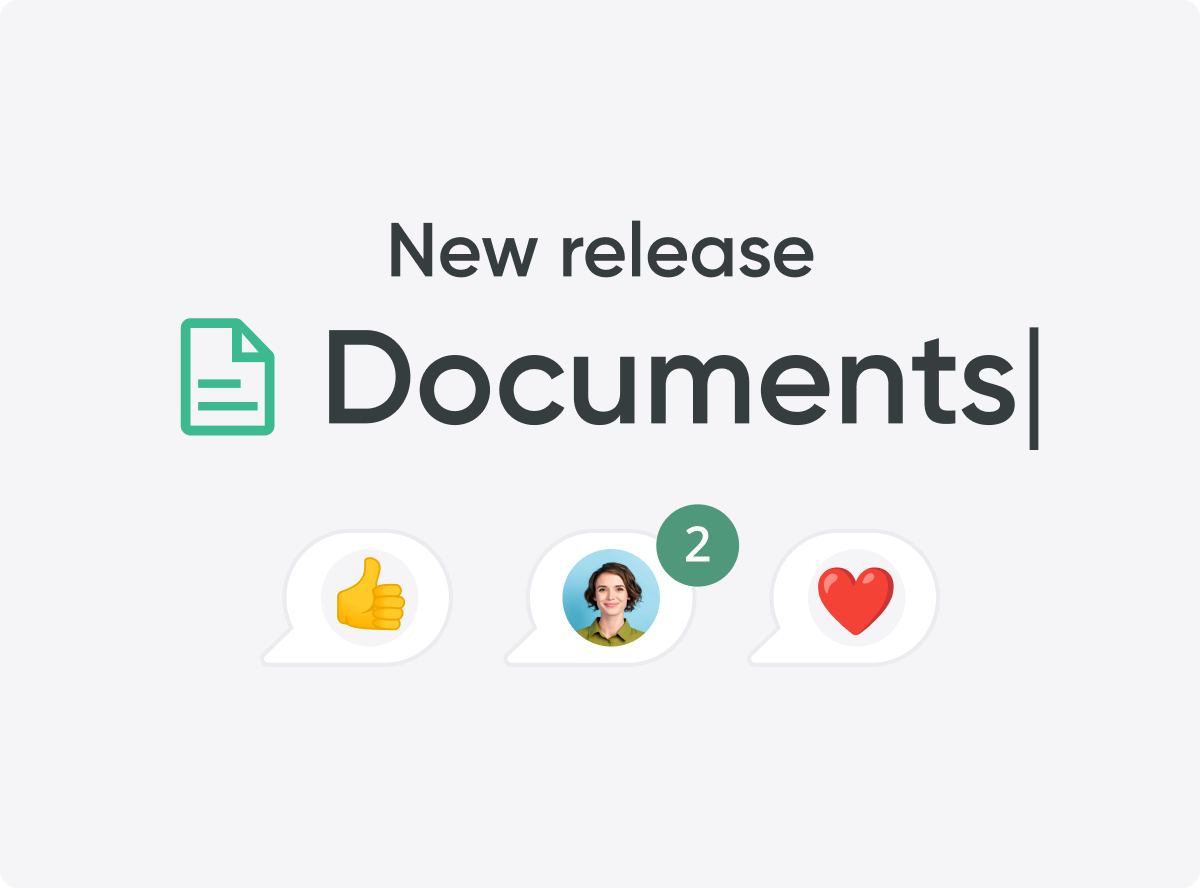
New in Backlog Documents: Tags, subpages, TOC, and embeds
When we first introduced Backlog’s new documents editor, our goal was to make it easier for teams to collaborate, share knowledge, and keep important project information all in one place. Since then, we’ve been listening closely to your feedback, and we’re excited to share the latest improvements designed to make your document workflow even more efficient. These updates, now available in Beta, help you better organize content, navigate longer documents, and bring your favorite tools right into the editor. Whether you're documenting processes, creating team guides, or building internal wikis, these enhancements are here to save you time and keep everything connected.
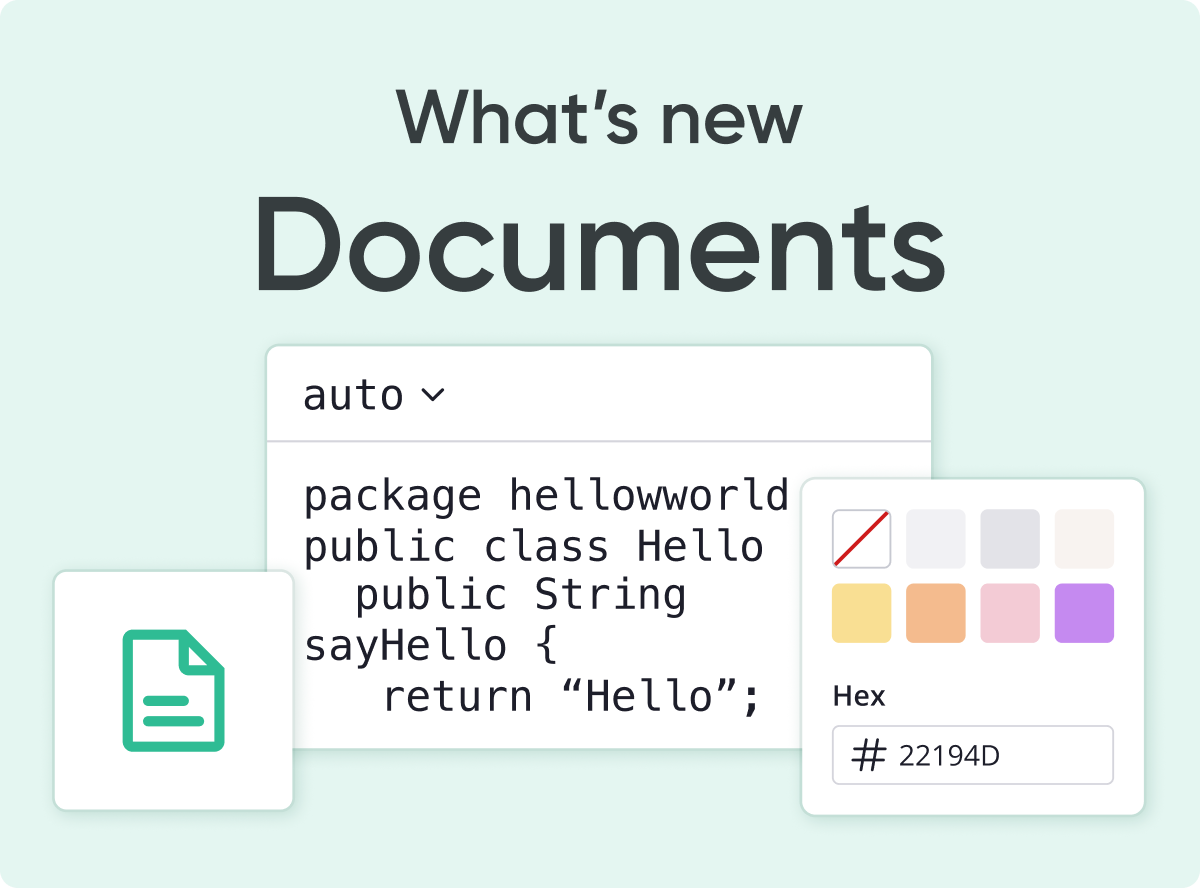
Collaborate in real-time with Backlog’s new online document editor
For over a decade, Backlog has helped teams stay organized, and, as work evolves, so do the tools we need. Today, with remote work and digital collaboration becoming the norm, managing documents across multiple platforms has become a major challenge.
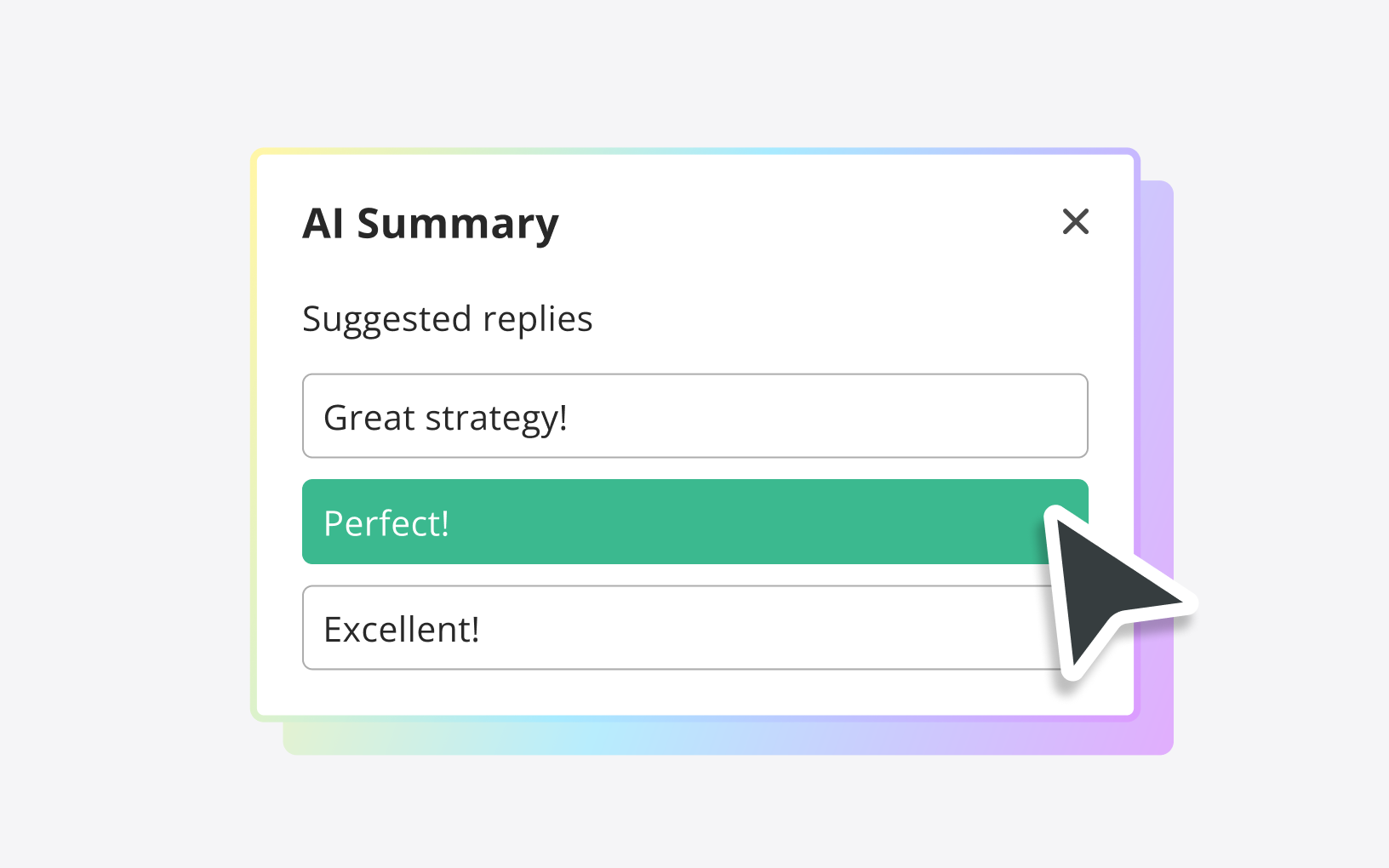
Latest improvements to the Backlog AI Summary feature
Backlog’s AI Summary feature, introduced last November with OpenAI, was a game-changer in helping you manage your issues more efficiently. Since then, we've been listening closely to your suggestions and are excited to announce some fantastic updates that make the AI Summary feature smarter and more user-friendly than ever before. Here’s what’s new: